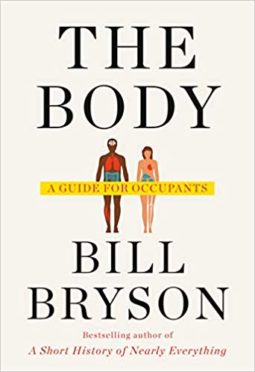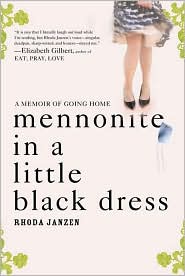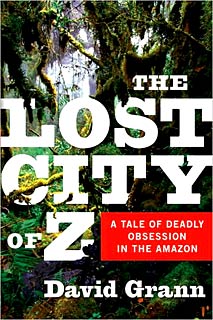This review contains affiliate links, which earn me a small commission when you click and purchase, at no extra cost to you. Thank you for supporting my small business and allowing me to continue providing you a reliable resource for clean book ratings.
Before this book, I had not read any of Bill Bryson’s work. I had heard of his talent and the light but informative style he so skillfully uses, so when this book came up for me to review on NetGalley, I snatched it. And now I am going to move some of his other books up on my to-read list.
The Body gives us an entertaining overview of our inner parts and how they work and why they sometimes don’t. As Bryson describes the efficiency of one system or the problems another system presents, his tone is sometimes witty or wry but always approachable, and he is able to explain in simple terms for almost all readers important basics about the body and even some new developments in treatments that in other hands would be difficult to understand.
I’ve always been interested in science and medicine, and this past year alone I’ve read two books just on the heart. So I feel I’m more informed than most laypersons about the body. But Bryson still gave me plenty of useful tidbits to chew on and to read aloud to my husband or teen daughter. For instance, I had no idea that chemotherapy treatments were “discovered” when a chemical expert during World War II was studying the effects of mustard gas on the body. Lt. Col. Stewart Francis Alexander noticed that mustard gas “dramatically slowed the creation of white blood cells in those exposed to it. From this, it was realized that some derivative of mustard gas might be useful in treating some cancers.”
“ ‘What is quite remarkable,’ one cancer specialist told me, ‘is that we are basically still using mustard gases.’”
Well, blow me over! (And I’ve read Siddhartha Mukherjee’s The Emperor of All Maladies: A Biography of Cancer, and that didn’t show up in there, even though Bryson references Mukherjee a couple of times in his book.)
Now that we’re really coming into cold and flu season, I was also surprised to learn that sneezing, though it does shoot particles several feet (and sometimes much further) into the air, is not the most effective way the cold virus gets passed to others; neither is kissing, even! “The only really reliable way to transfer cold germs is physically by touch,” Bryson writes. And spreading those germs to a lot of people happens in a very short time. One study showed that it took only about four hours for a simulated “virus” to spread through an entire office building once it had been put on a door handle. So, as is mentioned several times in the book, wash your hands. A lot.
If you’d like to know more about your whole body and like to be entertained while you learn, Bryson’s for you. You should end up with plenty of tidbits to share with your family and friends.
Rated: None. There is no objectionable content. There are references, of course, to parts of the reproductive system, but nothing offensive.
*I received an ARC of this book in exchange for my honest review.
Click here to purchase your copy of The Body on Amazon.




